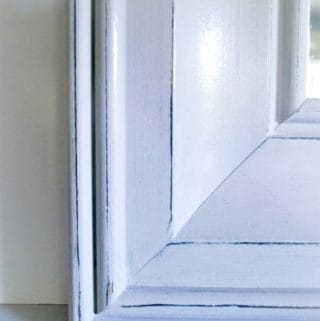One of the most popular home and property-related topics to blog about these days is how to increase the value of your home. A lot of people will write about how adding a conservatory or making your home eco-friendly can change how much your house is worth, but the reality is that it won’t make a huge difference considering the investment in money and time that you put into the renovations.
The truth is simple; the price of your property isn’t completely up to you. Sure, you can set your prices to be astronomically high, but people aren’t going to buy it. You can also set your prices to almost nothing if you wanted, but then you’re not getting a good deal. It requires a good balance that requires an understanding of not just the property market in your local area, but also about consumers and what they’re looking for.
Image Source: https://unsplash.com/photos/nrSzRUWqmoI (CC0)
Supply and Demand
A big factor that affects the price of your home is supply and demand. This is arguably one of the biggest factors because the more properties available, the less demand there is. If there’s a lot of demand in your area, then you can increase the price of your home because it’s worth more in the eyes of the buyer. However, if your house is just one of many in the area and there’s no demand, you’ll have to lower your prices to even appear competitive. Thankfully, many estimate services do take these factors into account. Zestimate accuracy is excellent and can help you get a rough estimation of what to expect from your house since they have access to other statistics and figures that can help them predict future prices.
Local Facilities
Between schools, shopping malls and public transport, the price of your home can be hugely affected by these different factors. For example, good public schooling or even private schools can make your property more attractive, especially if it’s within walking distance. Similarly, having lots of local transport links will greatly increase the price of your home. This is why there are many inner-city properties that go for exorbitant prices. However, public transport can also have a negative effect on your property if it’s too close to public transport. For example, if your home is right next to a loud train station, it could lower the price of what your home is worth.
Improvement Potential
Here’s the big one that many people should know about. A lot of us probably think that adding renovations to the home is a good thing since there are more attractive things. However, buyers also want space for future improvements. For example, if you’ve converted a small 1-bedroom house to have 2 bedrooms, then it can seem more attractive on paper. However, the family buying it might want extra space to convert it into a 3-bedroom house in the future, so upon viewing the property and seeing that there are no more renovation or extension opportunities, they might look elsewhere for their ideal home. The more potential for improvement your property has, the more likely you can get a better price for it.
Please note that some of the links above and below are affiliate links, and at no additional cost to you. All opinions are my own.









I’m disappointed that you would advocate for an electronic zestimate over a local Realtor’s price opinion. The zestimates are on automated price guess-timation based purely on on-line data. They do not have a local interest or knowledge of the property. A local Realtor, can walk through your home, and advise on what improvements the local buyers will want and what the local real estate market indicators are for price.